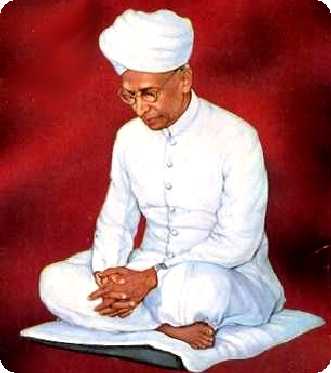Decoding the music masterpieces: Brahms's Piano Quartet in.
Brahms also had a conservative approach towards music, his music firmly being in the roots of the baroque and classical styles. But also he used novel ensemble types and new Eastern-European folk music, of which the fourth movement of his second string quintet is an example of.By the late 1870s, Brahms had grown very confident of his ability to manage the major genres of instrumental music, and whereas works like his First Symphony and the first two string quartets are the products of many years of drafting and revising, he tackled his String Quartet No. 3 in B flat major, Op. 67 -- his last string quartet -- in just a single year: 1876.Johannes Brahms' first two string quartets, the two works of Opus 51, were released for public consumption in 1873.These are not actually his first efforts in the genre -- we know that he tried his hand at well over a dozen string quartets as a younger man (none of which met with his approval and all of which were eventually scrapped) -- and yet, Brahms spent the better part of a decade.
Register now to continue reading Thank you for visiting Gramophone and making use of our archive of more than 50,000 expert reviews, features, awards and blog articles.Furthermore, Ravel took the form of Debussy’s String Quartet and used it as a model for his own String Quartet. Thus, this piece magnified their very own specialties as opposed to how close and similar these composition are. A brief analysis of the String Quartet leads to deeper understanding about their personal compositional method, the.

None of Brahms’s large-scale works is more organically unified than the C minor Quartet Op 51 No 1. Not only does each idea grow with unerring logic out of the last, in a process of continual development, but the main subject of each movement clearly arises out of the same germ.












